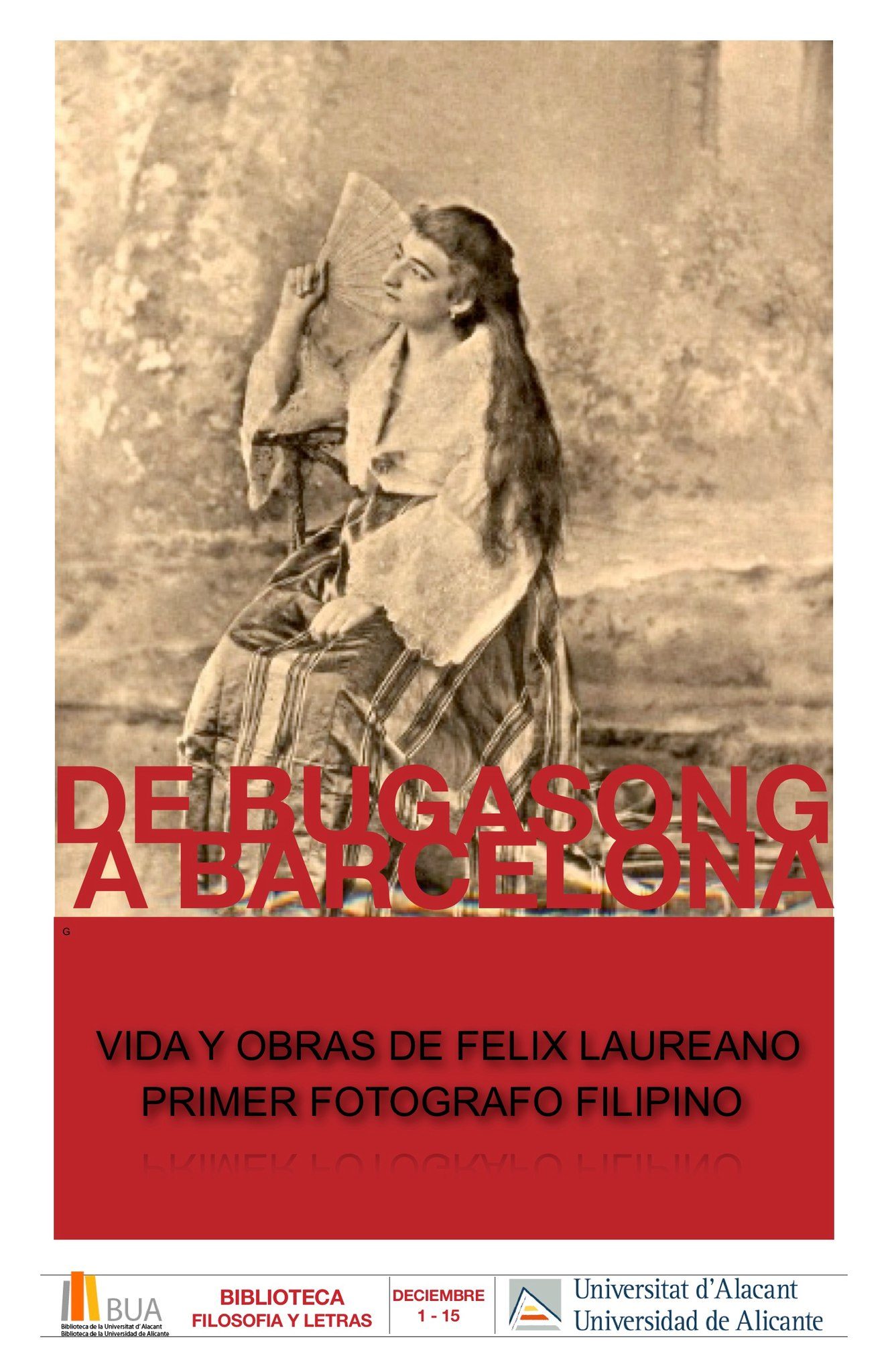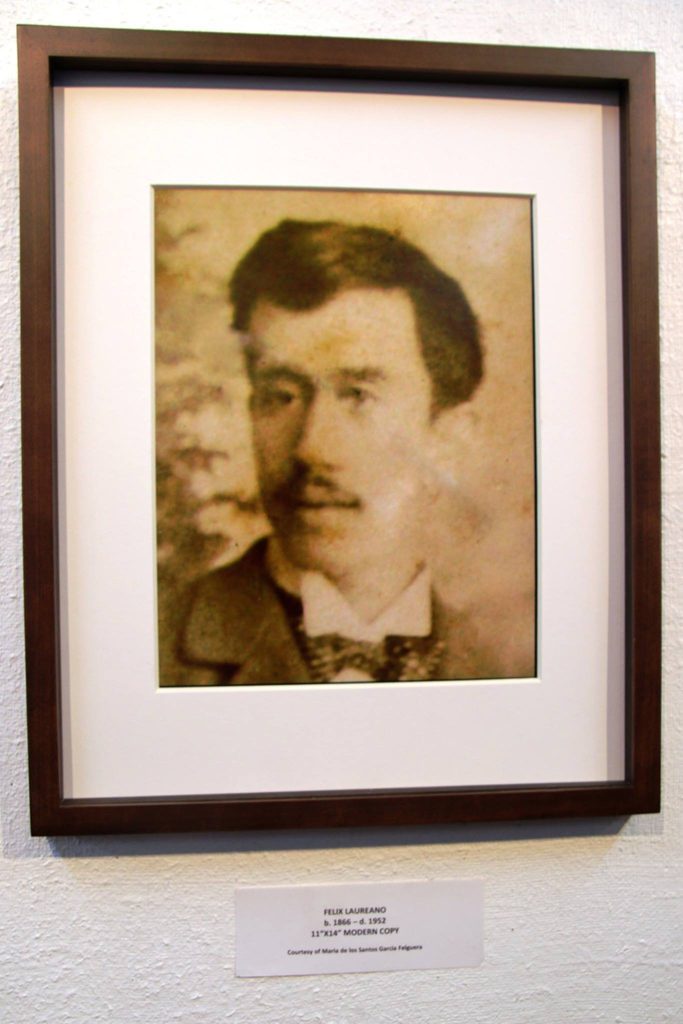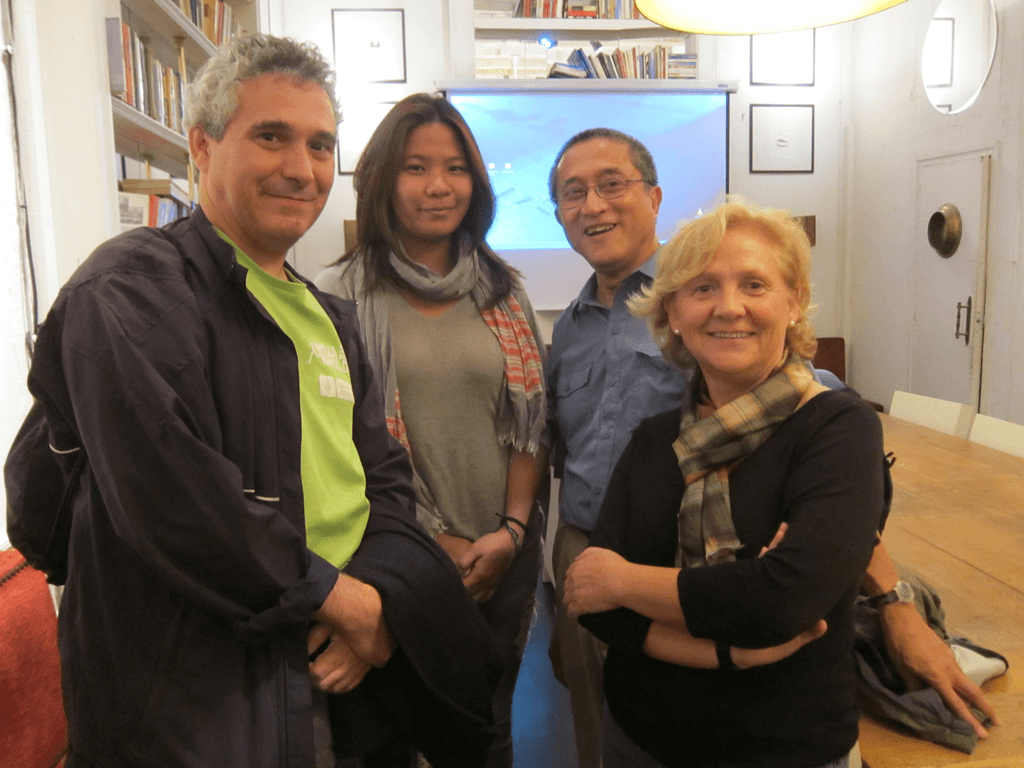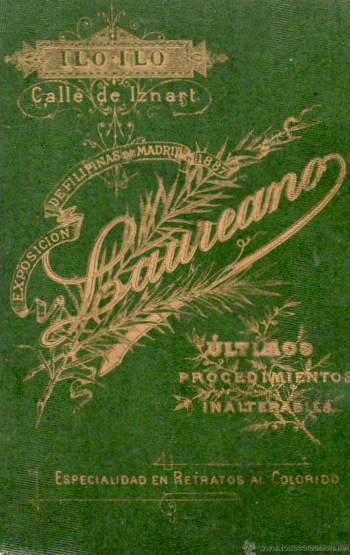SUMMARY
This is AI generated summarization, which may have errors. For context, always refer to the full article.
![[Ilonggo Notes] Finding Felix Laureano, the 1st Filipino photographer](https://www.rappler.com/tachyon/2023/09/felix-laureano.jpg)
The following piece carries additional information courtesy of Francisco G. Villanueva.
Drawing to a close on August 31, the “Bugasong to Barcelona” exhibit at the National Museum for the Western Visayas (formerly the Iloilo provincial jail) is the longest-running non-permanent exhibit in the city, having opened in August 2022. And deservedly so. The exhibit features the works of Felix Laureano, now acclaimed as the first Filipino photographer, who in the late 1880s until around 1910, had photo studios in Iznart Street in Iloilo, Barcelona (three studios), and British India. This exhibit is the third iteration; first done in 2015, now with more extensive curation, original documents, bigger photo reproductions, and a special display of late 19th century photography, daguerreotypes, and equipment.

My own interest in Laureano and his works was sparked in mid-2021 after seeing an English translation of his 1895 photobook, Recuerdos de Filipinas (Memories of the Philippines) at the Panaderia de Molo next door. The English version (2008), translated and edited by Rodriguez, Prado, and Sunico, has a kilometric sub-title – “A tool for the study and understanding of the ways and customs of these islands, with 37 phototypies taken and copied from real life.”
It was published in Barcelona and dedicated to the painter Juan Luna. It is a delightful 170-page read, featuring 37 scenes, (over 20 from Iloilo and Panay, several from Mindanao and Manila, and one from the Caroline Islands). Each scene has an accompanying essay, with dozens of Ilonggo terms, that can only have been written by someone well-versed in both Ilonggo and Spanish cultures.

Iloilo scenes include Calles Real, Iznart, Progreso, and Tanza; the dock and local schooners; the Jaro Church and bell tower, with a bamboo version of the Eiffel Tower; a carinderia; a bullfight; the Oton Church interiors; people bathing, washing clothes, attending funerals; even a flowery ode to the mestiza.
It also has what might be the very first photos of the Ati-Atihan and the Sinulog, though Laureano isn’t impressed with the dancing and the rhythms. With its vivid descriptions of people, places, rituals, customs, and day-to-day events, it can be considered also a work of linguistics, geography, social history, and anthropology. It may also be the first ever “coffee table” book on Las Islas Filipinas.
Until about a decade ago, relatively nothing was known about Laureano, yet somehow his work stimulated much more interest into knowing the photographer, his origins, and his context better.
Much of what we know about Laureano today we owe to another Ilonggo, Francisco (Frank) G. Villanueva, who became obsessed – some say possessed – after seeing a panoramic photograph of Iloilo’s Plaza Alfonso XII (now Plaza Libertad) in the Augustinian archives in Valladolid, Spain in 2010. On being told that the photographer was probably from Panay, this further fired his enthusiasm, leading to a search across three continents, scouring century-old church archives, second-hand bookstores, and museums in Barcelona, Madrid, Catalonia, the US, and the Philippines; reviewing legal documents such as death and marriage certificates, old maps, legal testaments, deeds of sale, and property records, where his Spanish language skills were handy.
Each summer thereafter, between volunteering trips at Santiago de Compostela, there were inevitable pilgrimages to towns and places where Laureano may have lived, or had descendants, such as Oton and Bugasong in Antique. By mid-2015, with the support of the UP Visayas Center for Culture and the Arts, and the Center for West Visayan Studies he mounted an exhibit on the Laureano works titled “Bugasong to Barcelona.” A symposium on the Laureano Legacy was organized, with speakers from Manila, Iloilo, and Barcelona. This was followed by an exhibition at the Filipinas Heritage Library in Makati.
It could have ended there, but Frank kept on “with the enthusiasm of a boy scout,” as an Ilonggo friend remarked. He researched, acquired, packed, and shipped related materials for the exhibitions at his own expense. Researchers and academics may raise an eyebrow at his methods but Frank persisted; it was something he could not explain, and he even dreamt about Laureano; friends remarked that he seemed to have a facial similarity to Laureano!
The Philippine centennial celebration in 1998 was a key event that stimulated more discussions and reflections about the intertwined Spanish and Philippine histories. In Barcelona, another academician-researcher, Maria de los Santos Garcia Felguera, known for her work on the history of early Spanish photography, wrote a paper on Laureano in Barcelona with extensive descriptions of his milieu, locating his former studios and landmarks, the works that he did, and emphasizing his entrepreneurial spirit. With several photo studios operating at the same time in different countries, Laureano may have been like several other prominent photographers in Barcelona then, acting as “franchisor” of the Laureano label in several countries.

Mainly through Frank’s sleuthing and Maria Felguera’s work, it was established that Felix Laureano was born in 1866 in Patnongon, Antique and grew up there. His parents were Norverta Laureano de los Santos, (also surnamed Almonte in some documents), a widowed and prosperous businesswoman, and the parish priest, Manuel Asensio, an Augustinian. Felix had five other siblings, one of whom later became mayor of Bugasong, Antique. The children would have adapted their mother’s family name. He studied at the Ateneo Municipal de Manila in the early 1880s; it is possible he would have visited some of the early photo studios in Manila run by Spanish and Europeans, and started tinkering with the new technology. Property maps of Iloilo at around that time show that his mother had several commercial properties in her name. She would have been able to support his travels and education, customary for the upper class then.
He opened his first studio in Calle Iznart in Iloilo, and a few years later had his first exhibit in 1887 in Madrid’s Retiro Park, at the Exposicion General de Filipinas. Forty photos, mainly scenes from the Visayas, were exhibited. The following year he also exhibited at the Universal Exposition in Barcelona; for both he received “honorable mentions.” He studied photography in Paris before returning to Barcelona where he became a professional photographer, eventually opening three studios, including Gran Fotografia Colon at the “Las Ramblas” area close to the Colon (Columbus) Monument, one of the most popular areas of the city, equivalent to Manila’s Escolta area. Clients were often actors, musicians, and artists performing in theaters.

When he opened the Barcelona studios, the Propaganda newspaper La Solidaridad founded by Graciano Lopez-Jaena, congratulated him. Spain’s leading illustrated newspapers and photography books such as Ilustracion Artistica, Panorama Nacional, Ilustracion Española y America, and Album Salon (the first Spanish publication in color) published his work. Recuerdos de Filipinas was published in Barcelona in 1895. In 1897 he married Ramona Pintos, 15 years his senior, though they had been together for many years before that.
It seems his career was doing very well, though later developments in the Philippines, such as the Independence movement, the Spanish-American war, and the American occupation of the Philippines saw him shift from portraiture to more news photography, covering the hold-outs of the Spanish forces in the Philippines such as those in Baler. In the 1910s and 1920s there is not much information about his work or his studios, and it is reported he came back to Iloilo in 1915 and 1923, to settle several legal problems. In 1910 he leased his studio, and his body of work, including the negatives, to the writer Fialdro, whose wife, Emilia Sebastia Silva was from Jaro. She also happened to be a photographer – a rarity in those times. In 1928, Felix’s wife, Ramona, died, leaving him inconsolable; there is no mention of any children.
Eight years later, the civil war in Spain prompted him to return to the Philippines in 1936, with his new partner Josefina Segarra, and their young son, Santiago. By this time, he was already in his 70s, once again displaced by war. They lived in Iloilo City (reportedly, on Texas Street) until the end of the Japanese occupation. He returned briefly to Barcelona, but later moved to Manila (Old Panaderos Street), where he died on December 18, 1952, at the ripe old age of 86, at the Hospital Español de Santiago in Makati. The hospital closed many decades ago and no records exist; he was buried at the Makati Municipal cemetery.
What we now know about Felix Laureano leads also to some potentially interesting speculations: did he have a role in the Propaganda movement? He was a friend of Juan Luna, and was from the same city as Graciano Lopez Jaena, his work was known to La Solidaridad, and he may also have known Rizal, having arrived in Spain a few years before these heroes. According to Maria Felguera, both the mother of Felix, Norverta, and Emilia Sebastia Silva, the photographer from Jaro “deserve their own historical studies” – women much ahead of their times. As a sidelight, Maria’s interest in pioneering female photographers led her to a female photographer from Cadiz, Spain who married a German surnamed Traschler. Their daughter, Leontine, was the wife of Nicholas Loney, former British vice consul in the 1850s who is credited with developing the Iloilo port and the sugar industry.
In the meantime, “Bugasong to Barcelona” will come full circle – and have a run in Spanish universities and museums before the end of 2023, including at the Universidad de Alicante, on December 1-15. Laureano photographs were exhibited at the Biblioteca Hispanica in Madrid. Frank presented papers at International conferences and his mini biography of Laureano is available to the public. There is much to discover and appreciate about this era, and I hope Frank keeps on! – Rappler.com
Add a comment
How does this make you feel?
![[Ilonggo Notes] Iloilo through the eyes of Felix Laureano, the first Philippine photographer](https://www.rappler.com/tachyon/2021/10/Ilonggo-Notes-Oct.jpg?fit=449%2C449)





There are no comments yet. Add your comment to start the conversation.